As some of my previous reviews of white rums from North America have shown, I am not that enthusiastic about much of what passes for their idea of a white. Too often the juice for which we are asked to part with our money is a cheap multicolumn ethanol substitute trying to copy Bacardi’s famed profile – light, inoffensive, anonymous, meant only to disappear into a cocktail while erasing its own presence like a Cheshire Cat.
That said, there has always been indigenous white lightning made on village stills and small entrepreneurs all over the world, as well as the famed French island unaged agricoles. Because of the AOC designation there are rather more rules in play on these islands now, as opposed to the free-wheeling “anything goes” nature of, say, clairins. But I argue that since the quality of agricole rhums remains so high (at whatever age), this is not necessarily a bad thing.
What is unusual about J. Bally’s white rhum here, is the somewhat high strength of 55° – most agricoles tend to be around five degrees of proof lower (with some exceptions — like the Neisson L’Espirit 70° Blanc, or the A1710 Blanc at 66° or white rums from other islands). And of course there are always 40% ABV variations for the tamer export market.
The specs: it is very similar to the 50° Blanc which I’ve already looked at in Review #584. Like all Bally rums, it’s cane juice origin, AOC certified, just over half pure alcohol (55% ABV), and unaged (rested for a few months in stainless steel tanks before bottling). More cannot be said at this juncture, but that’s enough for government work.
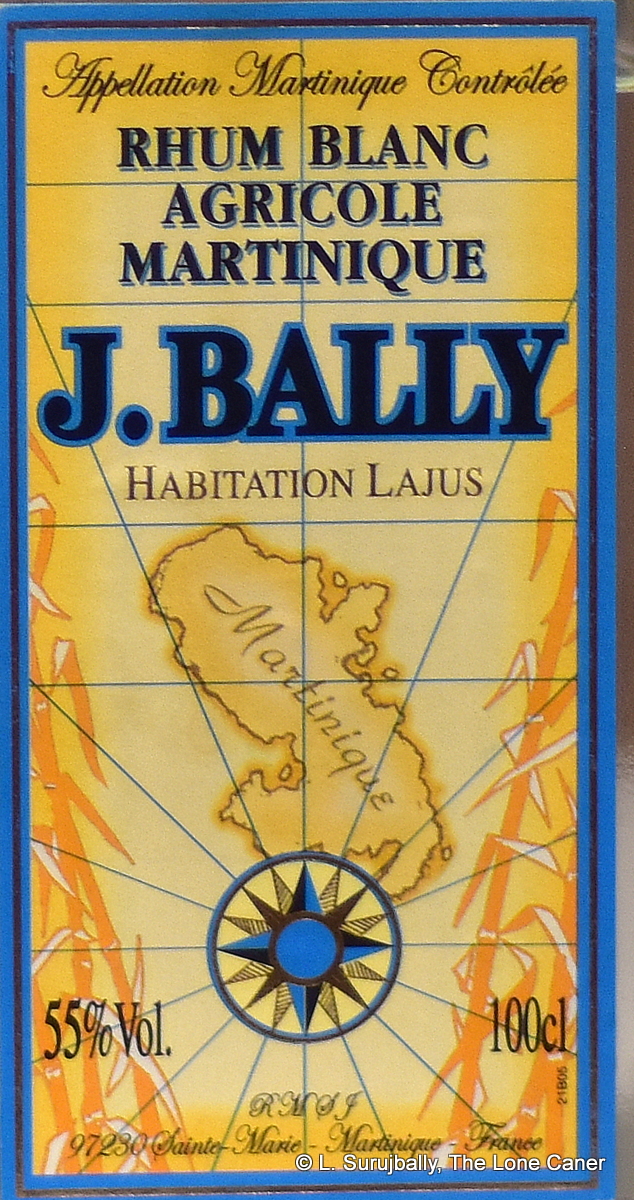 The exact rationale for issuing this rhum at all given how close in strength it is to its lower proofed cousin, is unclear – but it’s good, very good. The nose starts right out the gate with an intense salty and sweet grassy note, crisp green apples, a very light citrus line, with a pleasant herbaceous, even floral scent backgrounding the lot.
The exact rationale for issuing this rhum at all given how close in strength it is to its lower proofed cousin, is unclear – but it’s good, very good. The nose starts right out the gate with an intense salty and sweet grassy note, crisp green apples, a very light citrus line, with a pleasant herbaceous, even floral scent backgrounding the lot.
The palate is, I think, excellent, and the extra proof point gives it a sort of rough muscularity which works well. The sweet aromatic herbs return to do their thing and position it as a true agricole; there are figs, lychees, persimmons, dates and licorice in the foreground, while olives, sugar cane sap, peaches, damp aromatic wine-soaked tobacco and a sly hint of herbs like dill and cardamom bring up the rear. You can sense some pears in syrup and white guavas as well and it concludes with a firm and long lasting finish that it fruity, grassy, clear and crisp and brings a nice conclusion to the whole business
White rhums when made right are excellent to have on their own and are the closest thing to true terroire you can find – which is why it irritates me when garden-variety filtered plonk is positioned as some kind of elixir of the gods in advertising materials. People who swear by lightly aged, filtered whites have good reasons for liking and endorsing them: but such rums do not have a tenth of the character possessed by a single well-made agricole … such as this one.
What’s interesting about this edition of the Bally blanc series of rhums, is that the tasting notes are so similar to the others, like the 40° and 50° – it’s almost like they took the strong stuff off the still and just progressively diluted it (although I stress that there’s no evidence fort this at all, it’s just my supposition…and they may indeed be made with slight variations for each). But even with that similarity, there is enough intriguing originality here, enough of a snap-crash-bang, to set the stronger version above its cousins. If I had a choice, this is the one I’d buy.
(#1083)(87/100) ⭐⭐⭐⭐
Other Notes
Historical Background (adapted from Review #552)
Bally was named after Jacques Bally, a graduate of a top engineering school in Paris, the Ecole Centrale des Arts et Manufactures (ECP, founded in 1829) – he snapped up the Lajus Plantation on Martinique in 1917, a mere fifteen years after Mount Pelee erupted, when memories of that disaster were still fresh and land prices were cheap (Lajus, founded in 1670, was already in foreclosure, having gone bankrupt after the 1902 disaster). By 1920 he had installed new steam engine, fixed up the salvageable equipment he could and (legend has it) pretty much built his own column still from scratch.
In that same year the nearby Habitation Dariste owned by the the Gronier family went bankrupt and Bally bought it in 1923 and moved the distillery equipment to Lajus to augment his own machinery. In 1930, by which time he was already laying away rum stocks to age, he also had a hand in designing the signature pyramidical and square bottles which became so associated with Bally in later years. The rhums Bally made were very popular, sold well, and the company remained in business until the 1980s when Remy Cointreau acquired it, at which point production was shut down at Lajus and moved to Domaine du Simon where (as far as I know), it’s still being made, with cane from Lajus. Note that in 2003 La Martiniquaise bought out Saint James and Bally (to add to their rum portfolio which already contained the brands of Depaz, Dillon, Negrita and Old Nick) which is why the Remy Cointreau’s webpage makes no mention of either one now and why, in Modern Caribbean Rum, Matt Pietrek locates Bally as a brand in the section under St. James.

















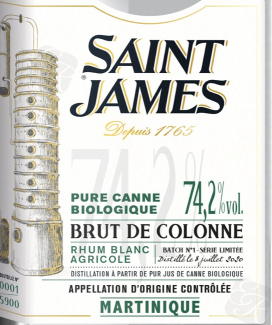








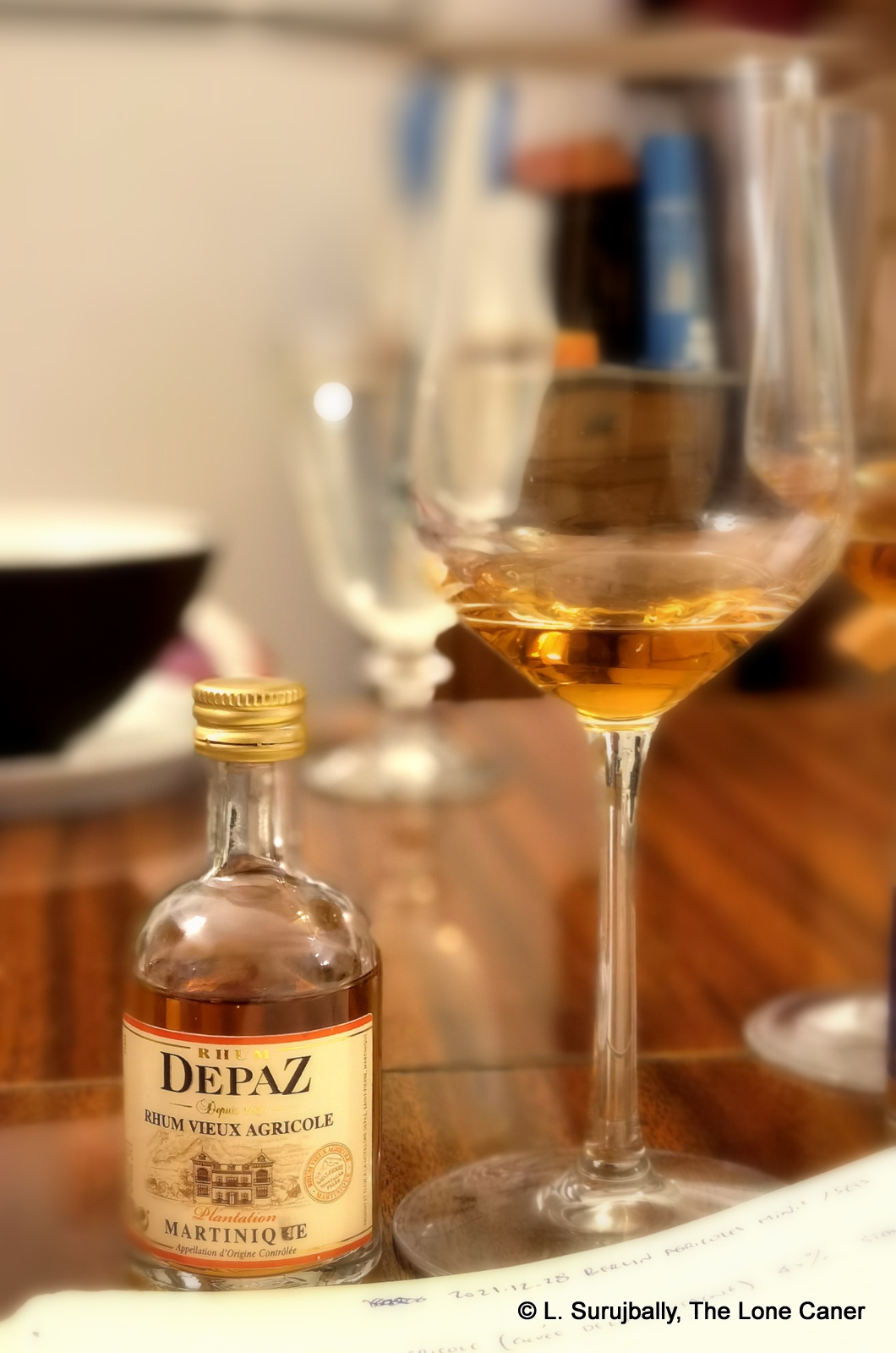




 Whatever the case, I must advise you that if you like agricoles at all, those smaller names and lesser known establishments like Dillon should be on your radar. Not all of the rhums they make are double-digit aged, so those that are, even if farmed out to a third party, are even more worth looking at. Just smell this one, for example: it’s a fruitarian’s wet dream. In fact, the aroma almost strikes me like a very good Riesling mixing it up with a 7-up, if you could conceive of such an unlikely pairing. Lighter than the
Whatever the case, I must advise you that if you like agricoles at all, those smaller names and lesser known establishments like Dillon should be on your radar. Not all of the rhums they make are double-digit aged, so those that are, even if farmed out to a third party, are even more worth looking at. Just smell this one, for example: it’s a fruitarian’s wet dream. In fact, the aroma almost strikes me like a very good Riesling mixing it up with a 7-up, if you could conceive of such an unlikely pairing. Lighter than the 
 Depaz’s 45% rhum blanc agricole is not one of these uber-exclusive, limited-edition craft whites that uber-dorks are frothing over. But the quality and taste of even this standard white shows exactly how good the
Depaz’s 45% rhum blanc agricole is not one of these uber-exclusive, limited-edition craft whites that uber-dorks are frothing over. But the quality and taste of even this standard white shows exactly how good the 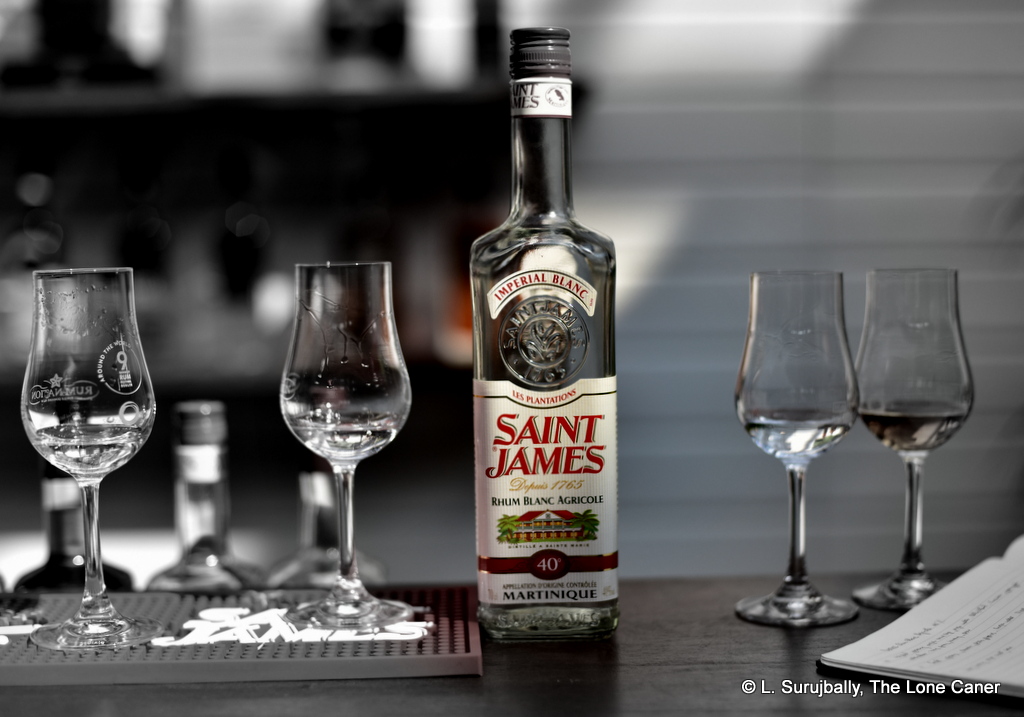

 In an ever more competitive market – and that includes French island agricoles – every chance is used to create a niche that can be exploited with first-mover advantages. Some of the agricole makers, I’ve been told, chafe under the strict limitations of the AOC which they privately complain limits their innovation, but I chose to doubt this: not only there some amazing rhums coming out the French West Indies within the appellation, but they are completely free to move outside it (as
In an ever more competitive market – and that includes French island agricoles – every chance is used to create a niche that can be exploited with first-mover advantages. Some of the agricole makers, I’ve been told, chafe under the strict limitations of the AOC which they privately complain limits their innovation, but I chose to doubt this: not only there some amazing rhums coming out the French West Indies within the appellation, but they are completely free to move outside it (as 

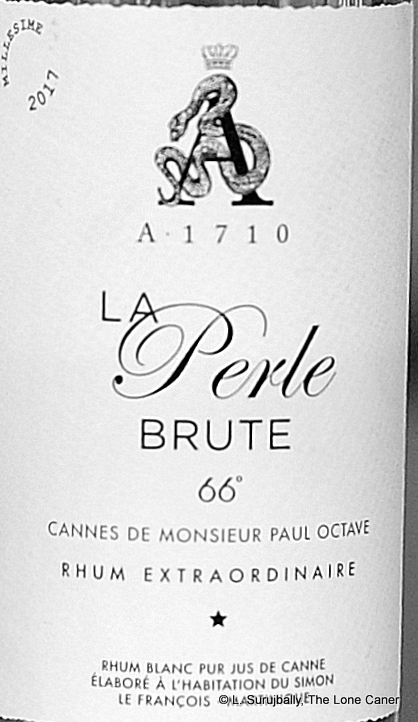 The results of all that micro-management are amazing.The nose, fierce and hot, lunges out of the bottle right away, hardly needs resting, and is immediately redolent of brine, olives, sugar water,and wax, combined with lemony botes (love those), the dustiness of cereal and the odd note of sweet green peas smothered in sour cream (go figure). Secondary aromas of fresh cane sap, grass and sweet sugar water mixed with light fruits (pears, guavas, watermelons) soothe the abused nose once it settles down.
The results of all that micro-management are amazing.The nose, fierce and hot, lunges out of the bottle right away, hardly needs resting, and is immediately redolent of brine, olives, sugar water,and wax, combined with lemony botes (love those), the dustiness of cereal and the odd note of sweet green peas smothered in sour cream (go figure). Secondary aromas of fresh cane sap, grass and sweet sugar water mixed with light fruits (pears, guavas, watermelons) soothe the abused nose once it settles down.

 Nose – Doesn’t lend itself to quick identification at all. It’s of course pre-AOC so who knows what made it up, and the blend is not disclosed, alas. So, it’s thick, fruity and has that taste of a dry dark-red wine. Some fruits – raisins and prunes and blackberries – brown sugar, molasses, caramel, and a sort of sly, subtle reek of gaminess winds its way around the back end. Which is intriguing but not entirely supportive of the other aspects of the smell.
Nose – Doesn’t lend itself to quick identification at all. It’s of course pre-AOC so who knows what made it up, and the blend is not disclosed, alas. So, it’s thick, fruity and has that taste of a dry dark-red wine. Some fruits – raisins and prunes and blackberries – brown sugar, molasses, caramel, and a sort of sly, subtle reek of gaminess winds its way around the back end. Which is intriguing but not entirely supportive of the other aspects of the smell.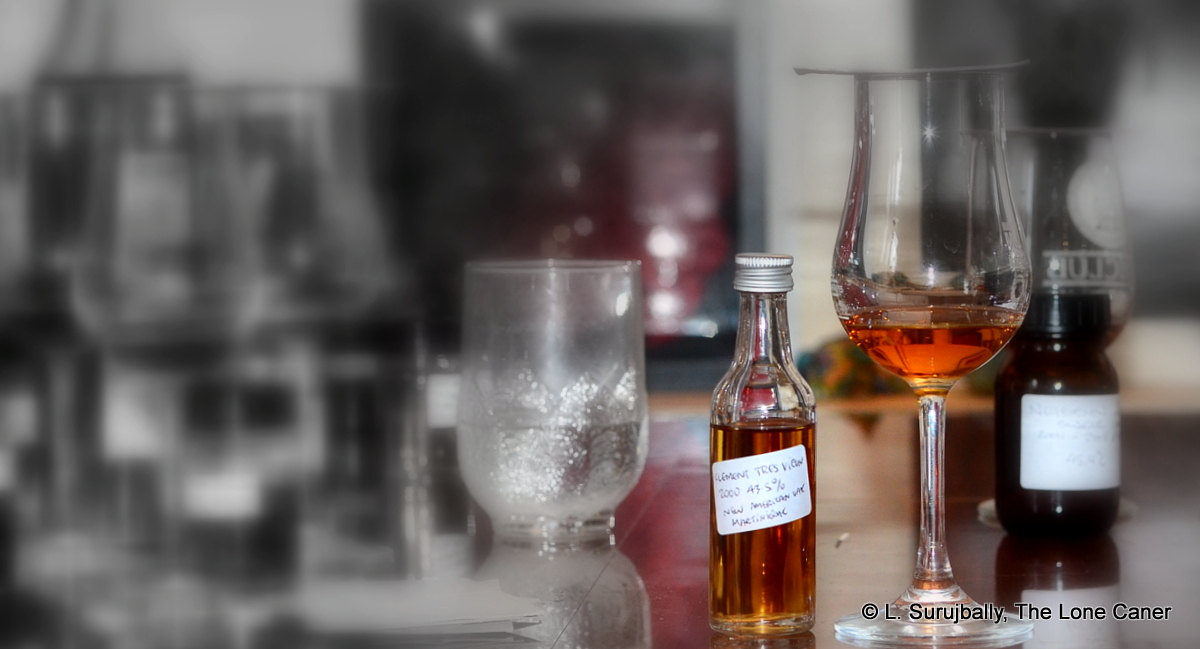
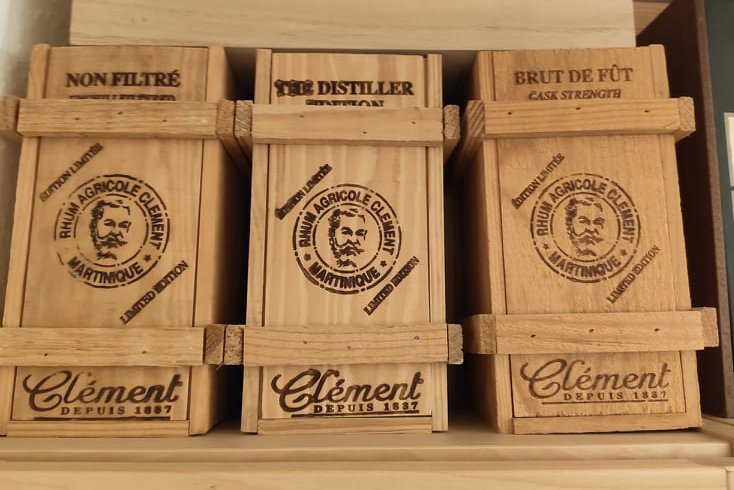
 The palate was about par for the course for a rum bottled at this strength. Initially it felt like it was weak and not enough was going on (as if the profile should have emerged on some kind of schedule), but it was just a slow starter: it gets going with citrus, vanilla, flowers, a lemon meringue pie, plums and blackberry jam. This faded out and is replaced by sugar cane sap, swank and the grassy vegetal notes mixed up with ashes (!!) and burnt sugar. Out of curiosity I added some water , and was rewarded with citrus, lemon-ginger tea, the tartness of ripe gooseberries, pimentos and spanish olives. It took concentration and time to tease them out, but they were, once discerned, quite precise and clear. Still, strong they weren’t (“forceful” would not be an adjective used to describe it) and as expected the finish was easygoing, a bit crisp, with light fruit, fleshy and sweet and juicy, quite ripe, not so much citrus this time. The grassy and herbal notes are very much absent by this stage, replaced by a woody and spicy backnote, medium long and warm
The palate was about par for the course for a rum bottled at this strength. Initially it felt like it was weak and not enough was going on (as if the profile should have emerged on some kind of schedule), but it was just a slow starter: it gets going with citrus, vanilla, flowers, a lemon meringue pie, plums and blackberry jam. This faded out and is replaced by sugar cane sap, swank and the grassy vegetal notes mixed up with ashes (!!) and burnt sugar. Out of curiosity I added some water , and was rewarded with citrus, lemon-ginger tea, the tartness of ripe gooseberries, pimentos and spanish olives. It took concentration and time to tease them out, but they were, once discerned, quite precise and clear. Still, strong they weren’t (“forceful” would not be an adjective used to describe it) and as expected the finish was easygoing, a bit crisp, with light fruit, fleshy and sweet and juicy, quite ripe, not so much citrus this time. The grassy and herbal notes are very much absent by this stage, replaced by a woody and spicy backnote, medium long and warm
 Because that 15 year old rhum is, to my mind, something of an underground, mass-produced steal. It has the most complex nose of the “regular” lineup, and also, paradoxically, the lightest overall profile — and also the one where the grassiness and herbals and the cane sap of a true agricole comes through the most clearly. It has the requisite crisp citrus and wet grass smells, sugar came sap and herbs, and combines that with honey, the delicacy of white roses, vanilla, light yellow fruits, green grapes and apples. You could just close your eyes and not need ruby slippers to be transported to the island, smelling this thing. It’s sweet, mellow and golden, a pleasure to hold in your glass and savour
Because that 15 year old rhum is, to my mind, something of an underground, mass-produced steal. It has the most complex nose of the “regular” lineup, and also, paradoxically, the lightest overall profile — and also the one where the grassiness and herbals and the cane sap of a true agricole comes through the most clearly. It has the requisite crisp citrus and wet grass smells, sugar came sap and herbs, and combines that with honey, the delicacy of white roses, vanilla, light yellow fruits, green grapes and apples. You could just close your eyes and not need ruby slippers to be transported to the island, smelling this thing. It’s sweet, mellow and golden, a pleasure to hold in your glass and savour